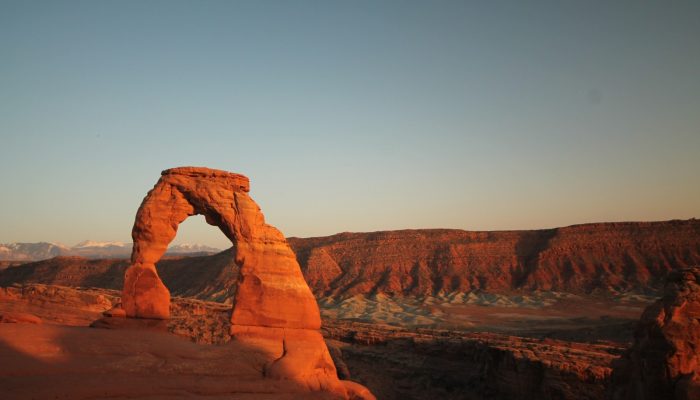PART II: Were the Haze Hardships caused by Men? Famine Before the Lakagígar eruption, the population of Iceland was 48810 people; four years later, it was down to 38518. Disregarding about 1500 deaths which were caused by a smallpox epidemic, the eruption may still have killed about 1/6 of the population [5]. These deaths were not directly caused by the lava or by toxic gases. The main cause was h ...[Read More]
Natural Hazards
Natural Groundwater Quality: an underestimated and yet dangerous hazard.
Today I have the pleasure to interview Dr. Evangelos Tziritis, a brilliant scientist and a friend. He will talk to us about Natural groundwater quality hazard and its implications. This blog aim is to discuss Natural Hazards. Therefore, today we will focus on the natural component of water quality, disregarding anthropogenic sources. Evangelos is a Research Scientist at the Soil and Water Resourc ...[Read More]
Cryospheric Sciences
Image of the Week — Biscuits in the Permafrost
In Svalbard, the snow melts to reveal a mysterious honeycomb network of irregular shapes (fig. 1). These shapes may look as though they have been created by a rogue baker with an unusual set of biscuit cutters, but they are in fact distinctive permafrost landforms known as ice-wedge polygons, and they play an important role in the global climate. Ice-wedge polygons: Nature’s biscuit-cutter In wint ...[Read More]
Geodynamics
EGU 2018: Experience of a first time attendee
Your first time at the General Assembly can be a daunting experience. It’s not easy to navigate the scientific programme and let’s not even mention navigating the building! It becomes even more difficult if you do not know many people in your scientific community yet. Luckily, one of the easiest things to do at EGU is meeting new people. Jyotirmoy Paul, PhD student at the Indian Instit ...[Read More]
Solar-Terrestrial Sciences
Prof. Ilya Usoskin – A discussion with an inquiry mind
In the May issue of the Life of a Scientist we have the pleasure to talk to Prof. Ilya Usoskin from the Univeristy of Oulu, Finland. Among numerous things, he is the head of the Oulu Cosmic Ray station and receipent of this year’s Julius Bartels EGU Medal; a decision that was based: “on his contributions to the understanding of the heliosphere, long-term changes in the solar activity ...[Read More]
Cryospheric Sciences
Image of the Week – Cure from the Cold?
Humans rely on antibiotics for survival, but over time they are becoming less effective. So-called ‘superbugs’ are developing resistance to our most important drugs. The key to this global issue may be found in the cryosphere, where extreme microbiologists are hunting for new compounds in the cold that could help us win the war against antimicrobial resistance. Discovering drugs in Earth’s coldest ...[Read More]
Seismology
The new ECS-reps team of the Seismology Division!
At the EGU General Assembly 2018, a new team of Seismology Early Career Scientist representatives was introduced and installed. With more than half of the EGU membership consisting of Early Career Scientists, the team represent an important part of the community and want to be approachable for all. They will be responsible for the Seismology blog, organize the yearly short course “Seismology for n ...[Read More]
Geochemistry, Mineralogy, Petrology & Volcanology
Fire, Fog, Frost, Famine – French Revolution? The Lakagígar eruption in Iceland, 1783-1784 [Part 1]
“On the 8th of June 1783, at Whitsun, there gushed forth from the mountains behind the summer pastures a fire which devastated land, cattle and humans with its effects, both nearby and far away”, wrote Reverend Jón Steingrímsson of Kirkjubæjarklaustur in his autobiography [2]. The “fire” which welled up from a volcanic fissure now known as Lakagígar (the craters of Mount Laki) was the biggest floo ...[Read More]
Geodynamics
To serve Geoscientists
The Geodynamics 101 series serves to showcase the diversity of research topics and methods in the geodynamics community in an understandable manner. We welcome all researchers – PhD students to professors – to introduce their area of expertise in a lighthearted, entertaining manner and touch upon some of the outstanding questions and problems related to their fields. For our latest ‘Geodynamics 10 ...[Read More]
Stratigraphy, Sedimentology and Palaeontology
Famous geological sites: Delicate Arch, Utah
Delicate Arch is probably the most spectacular natural arch in Arches National Park, Utah. Delicate Arch is made of the Middle Jurassic Entrada Sandstone, which was deposited in various environmental settings, particularly beaches, tidal mudflats and deserts. Arches National Park attracts more than 1.5 million visitors per year.

![Fire, Fog, Frost, Famine – French Revolution? The Lakagígar eruption in Iceland, 1783-1784 [Part 2]](https://blogs.egu.eu/divisions/gmpv/wp-content/blogs.dir/19/files/2018/05/banner1-2-700x400.jpg)
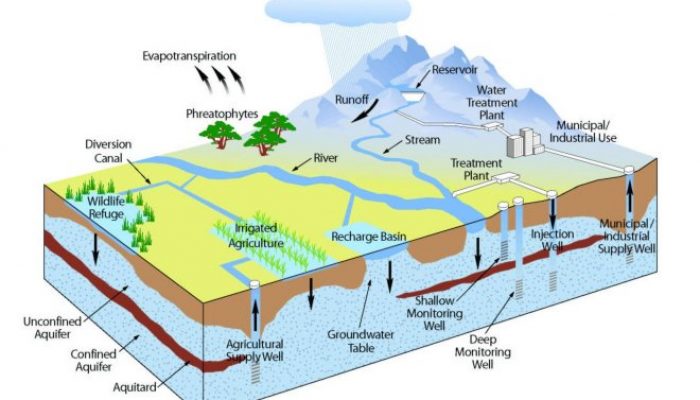
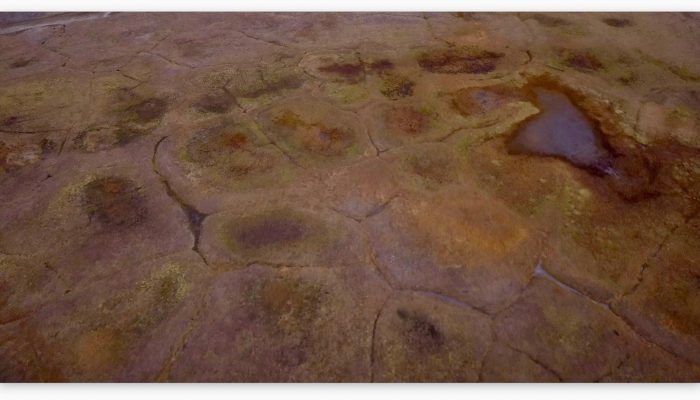

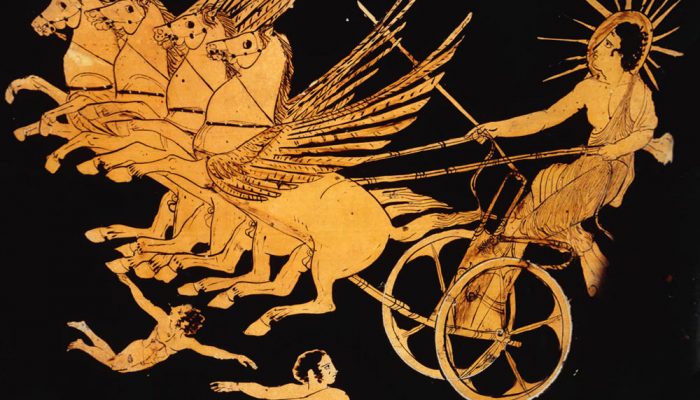
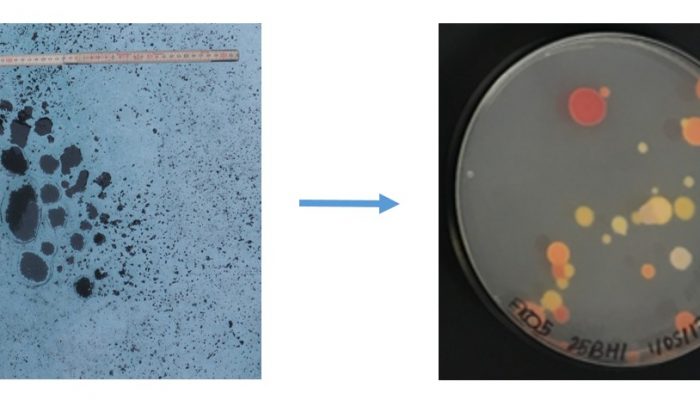
![Fire, Fog, Frost, Famine – French Revolution? The Lakagígar eruption in Iceland, 1783-1784 [Part 1]](https://blogs.egu.eu/divisions/gmpv/wp-content/blogs.dir/19/files/2018/05/Figure1_southwestern_fissure_edit-700x400.jpg)

